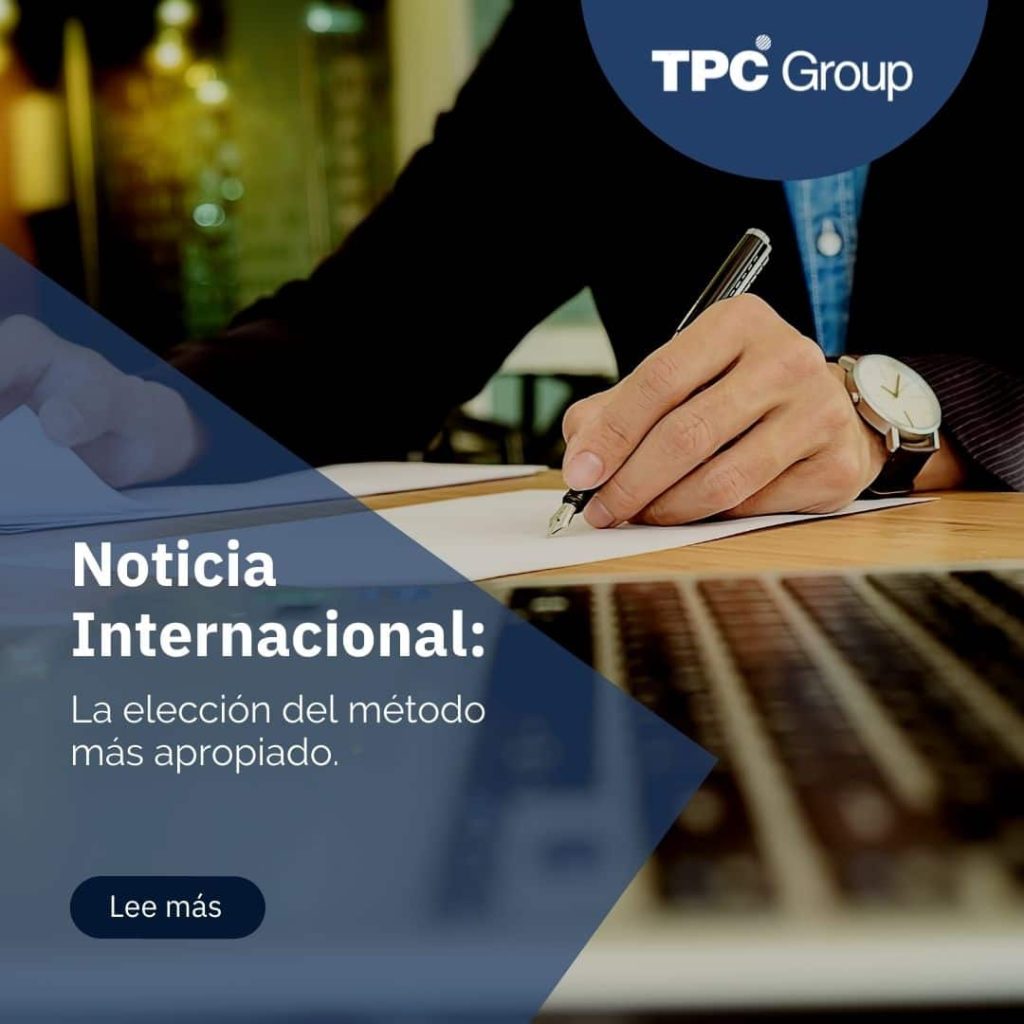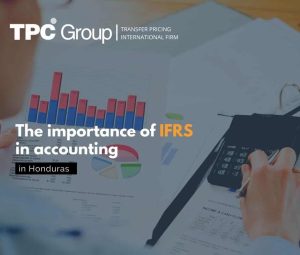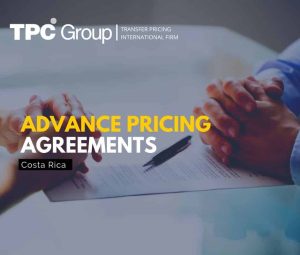In order to apply a transfer pricing study correctly, it is necessary to select the most accurate application method based on the particular case being analyzed. Thus, there are 2 methods, “Traditional Transaction Methods” and “Transactional Profit Methods.”
These methods verify that the terms of a contract entered into in a commercial transaction between related parties comply with the arm’s length principle.
1. Types of methods
In the case of “Traditional transaction methods,” we find the Comparable Uncontrolled Price Method or “CUP Method,” the resale price method, and the “extra cost” method. On the other hand, in the case of the “Transactional Profit Methods,” we find the transactional net margin method and the transactional profit split method.
Based on the above, it is relevant to point out that the ” Traditional Transaction Methods” directly determine whether the conditions established in the commercial or financial transaction comply with the Arm’s Length Principle.
The accuracy of the traditional method slightly outperforms transactional profit methods because any difference that may be generated between the price of a transaction between related companies and the price of a comparable unrelated transaction can be allocated to commercial and financial relationships imposed between group companies. In that context, the arm’s length conditions may replace the price in the comparable unrelated transaction with that of another comparable transaction between other related parties.
Although the traditional transaction method seems preferable over the transactional profit method, it does not mean that the latter is any less valid for the validation criteria of the Arm’s Length Principle. For OECD member countries, the application of the Comparable Uncontrolled Price Method (CUP) and any other of the above methods can be applied in the same reliable manner. However, the CUP method will always be preferable.
2. Selection of the Most Accurate Method
The method to be applied will depend on each particular case. The OECD recommends its members apply the most appropriate method depending on each particular analyzed situation. In this regard, corporate groups should evaluate each method recognized by the OECD, considering the nature of the related transaction, which would be the best one to apply. Thus, no method would be applicable in all possible situations, nor would it be necessary to prove that a particular method is not appropriate under the circumstances.
Although the traditional transaction method is the most recommended and complete, there are particular situations in which transactional profit methods are the most appropriate, such as the 2022 Guide regarding Transfer Pricing guidelines, which states the following; (OECD; 2022)
“In cases where each of the parties makes unique and valuable contributions concerning the related transaction, or where the parties involve a highly integrated transaction, a transactional profit split may be more appropriate than a one-sided method. As another example, where there is no or is limited publicly available reliable third party gross margin information, traditional transaction methods may be difficult to apply in cases other than those of internal comparables, and a transactional profit method may be the most appropriate method given the availability of information. “1
On the other hand, transactional profit methods will be accepted to the extent they are applied according to Article 9 of the OECD tax convention. In this regard, under the application of the arm’s length principle, the price, margin, or profit of transactions between related parties will be compared with the same variables presented in transactions between independent parties.
Under no circumstances the transactional profit method should be used to overtax companies primarily because they earn below-average profits or to tax companies earning above-average profits. The arm’s length principle does not justify imposing an additional tax on companies less successful than the average or, otherwise, tax less on companies more successful than the average when the level of success is due to commercial factors.
3. Application of “Other Methods”
Multinational corporate groups are free to apply the method they consider best suited to establish prices between transactions performed with their related parties, as long as they comply with the Arm’s Length Principle. However, none of these alternative methods should substitute for the methods approved by the OECD.
In order to apply alternative methods, their selection must be supported by explaining the reason for their suitability for the particular case under analysis due to the circumstances of the case.
4. Using more than one method
The Arm’s Length Principle does not require the application of more than one method for a given transaction. Although for some cases, the selection of a method may be difficult and more than one thereof may be initially considered, it will generally be possible to select a suitable one to provide the best estimate of an arm’s length price.
Notwithstanding this, for difficult cases where there is not just a single conclusive approach, a flexible one would evidence various methods to be used jointly. In such cases, it should attempt for a satisfactory and consistent conclusion in practical terms with the Arm’s Length Principle to all the parties involved, considering the facts and circumstances of the case, the mix of evidence available, and the relative reliability of the various methods considered.




